Tim Burton’s Triumphant Return to Dark Fairy Tales in “Miss Peregrine’s Home for Peculiar Children”
Having shed the “childish” constraints of Disney, Tim Burton has gloriously returned to his beloved genre of dark fairy tales. The film is rich, vibrant, captivating, and visually impeccable.
Since childhood, Jacob has grown up on the strange tales of his grandfather, who has seen many wonders in his lifetime. After the mysterious and frightening death of the old man, Jacob goes to the island where his ancestor spent his youth. However, instead of the boarding school where his grandfather was raised, the teenager finds only ruins. But all the childhood fantasy stories turn out to be reality when Jacob falls into the time of his grandfather’s youth. There, the guest must not only understand what happened to the orphanage but also prevent a terrible catastrophe that could change the world.
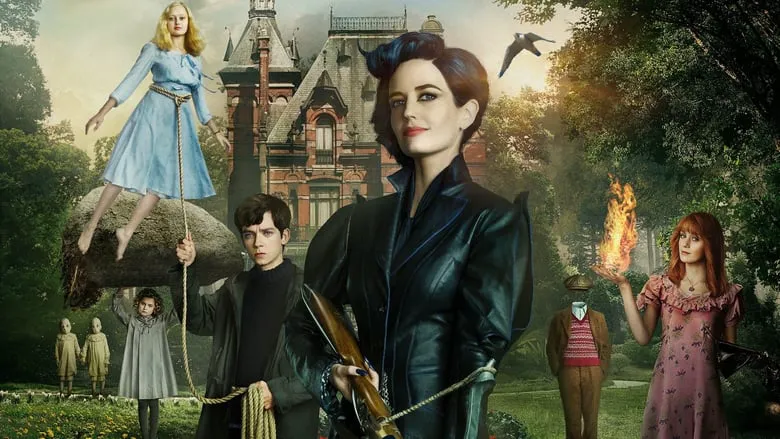 .jpg “Still from “Miss Peregrine’s Home for Peculiar Children””)
.jpg “Still from “Miss Peregrine’s Home for Peculiar Children””)
You can’t change a wolf’s nature; he will always be drawn to the forest. Disney gave Tim Burton, once exiled from its ranks, everything it could – large budgets, the best actors, and the opportunity to realize long-held dreams. But the “mouse house” couldn’t give the gloomy storyteller one thing – a severe rating that would cut off the target Disney audience – children. But Fox stepped in and allowed Burton to make not just a fairy tale, but a scary fairy tale, with night monsters, gouged-out eyes, running skeletons, and creepy tentacles and jaws. And the director came to life again, feeling a surge of strength and a thirst for action. And the audience received “Miss Peregrine’s Home for Peculiar Children” – one of the most unusual stories of recent years.
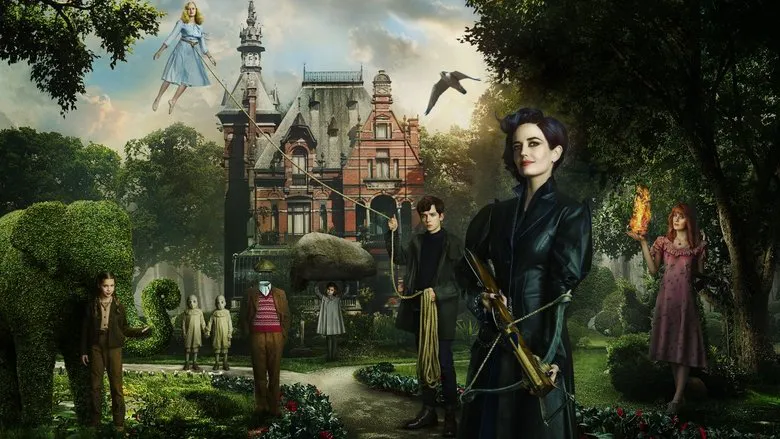 .jpg “Still from “Miss Peregrine’s Home for Peculiar Children””)
.jpg “Still from “Miss Peregrine’s Home for Peculiar Children””)
The literary history of Jacob, written by Riggs, has already formed a trilogy. The author is inspired by old photographs, which the writer has been collecting for a long time. One of them, for example, depicts a flying girl, who became the heroine of the books.
A Unique World with Its Own Rules
Despite the fact that Burton’s new film is based on a series of books by Ransom Riggs, the picture will seem original to many viewers. First, because Riggs’ novels are quite fresh, the first one is not even five years old. And secondly, “Miss Peregrine’s Home for Peculiar Children” is not a rehash of “Harry Potter,” “Twilight,” or “The Hunger Games,” but a completely independent world, with its own rules and laws (not always logical, by the way). For a good master, this is a great way to prove himself. And Burton tries – he uses all the power of his images, he plays with colors and light, he uses dozens of locations and draws two dozen characters into the plot. The fairy tale turns into a large, detailed world that draws the viewer in for the entire two hours of screen time.
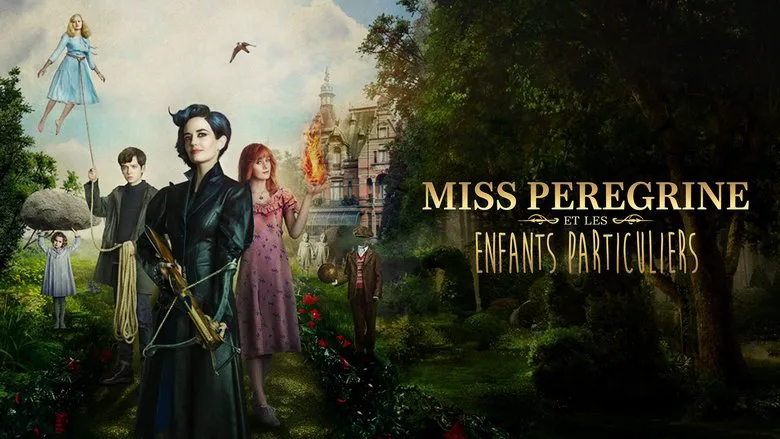 .jpg “Still from “Miss Peregrine’s Home for Peculiar Children””)
.jpg “Still from “Miss Peregrine’s Home for Peculiar Children””)
The house depicted in the film is a real building, located in the suburbs of Antwerp, Belgium. Burton deliberately insisted on filming in authentic scenery to maintain the atmosphere of the picture.
Themes of Individuality and Acceptance
Interesting is the controversial idea that runs like a red thread through the fabric of the plot. The main character of the novel and film is not an ordinary guy at all, as is customary in the “American dream”: “Even the most ordinary person will achieve everything he wants.” No, Jacob has innate abilities, he is the very “peculiar child” from the title. For some time, he can live among ordinary people, but his place is in a special world where the elements are subject to “weirdos” and abilities are granted. Some critics may see this as hints of Nazism and racial superiority (white children “offend” black Samuel L. Jackson), but rather Burton is talking about those “abnormal” people who are not too warmly welcomed by the gray average society, that is, about himself.
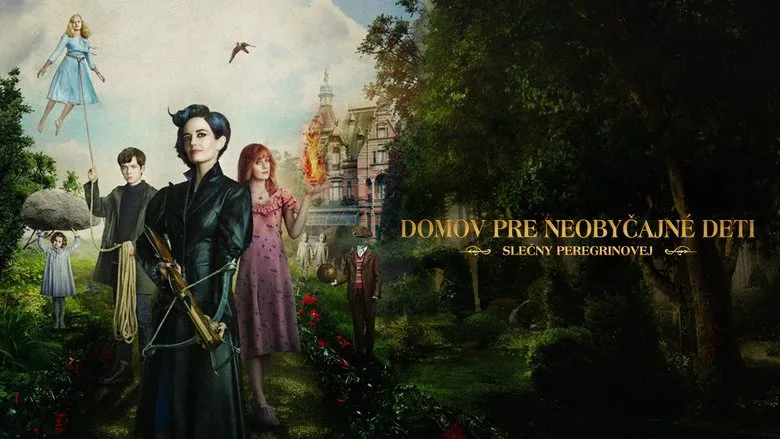 .jpg “Still from “Miss Peregrine’s Home for Peculiar Children””)
.jpg “Still from “Miss Peregrine’s Home for Peculiar Children””)
Burton’s Signature Style
There is a lot of Burton in “Miss Peregrine’s Home for Peculiar Children.” Lush hairstyles – from “Sweeney Todd,” iron limbs and abandoned castles – from “Edward Scissorhands,” running skeletons – from “Corpse Bride,” ожившие куклы – from “Frankenweenie”. Finding such parallels is a special pleasure for the viewer. And one can only guess what pleasure it was for Burton to shoot all this. And let the author get a little carried away and literally turned the final battle into a real sideshow, Burton remained the same gloomy storyteller that fans of “Sleepy Hollow” and “Batman” loved: dark heroes, a harsh atmosphere, and horror around every corner.
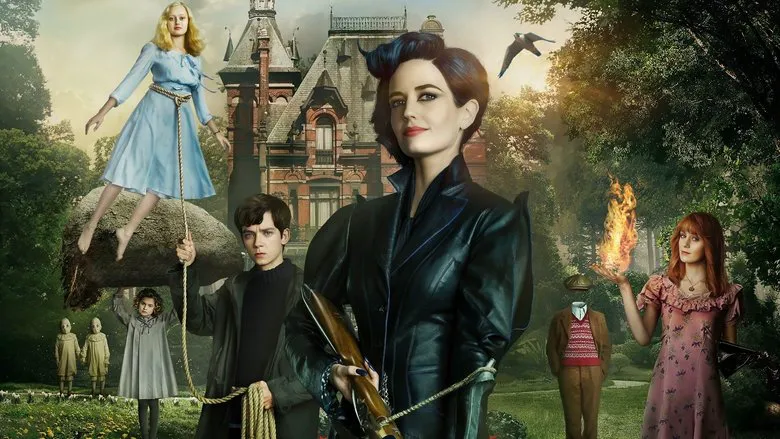
Stellar Performances
There is not much sense in talking about the plot in detail – the story of Jacob and Miss Peregrine’s loop is voluminous enough not to fit it into a routine paragraph, but it is worth noting the actors. First of all, the gorgeous Eva Green, successfully rhymed with her character. Her abrupt speech and sharp gestures rivet attention, and her special grace and beauty put her on a par with Burton’s best heroes. As usual, Jackson is good, but there have long been no obstacles and doubts for this actor – he is beautiful in any image. Finally, Asa Butterfield was revealed, who grew up and got rid of the obsessive doll-like appearance that dragged him to the bottom in “Hugo” and “Ender’s Game.” He looks more convincing and organic as a teenager.
A Film for Teenagers
By the way, about teenagers. In Russia, the film fell into a funny rating trap. The Americans gave the film a PG-13 rating, which means permission to watch for 14-15-year-old viewers. But Russians can watch “Home” only after reaching 16 years. And this is a big problem, the film is addressed more to teenagers than to adults. Those teenagers who are no longer afraid to sleep with the lights off, but who are still too early to watch “The Blair Witch Project.” The searching youth will, of course, find a loophole, but this will not benefit cinemas and distribution. It’s a pity. The film is really good, and it is worth watching regardless of the clumsy restriction of the native Ministry of Culture.